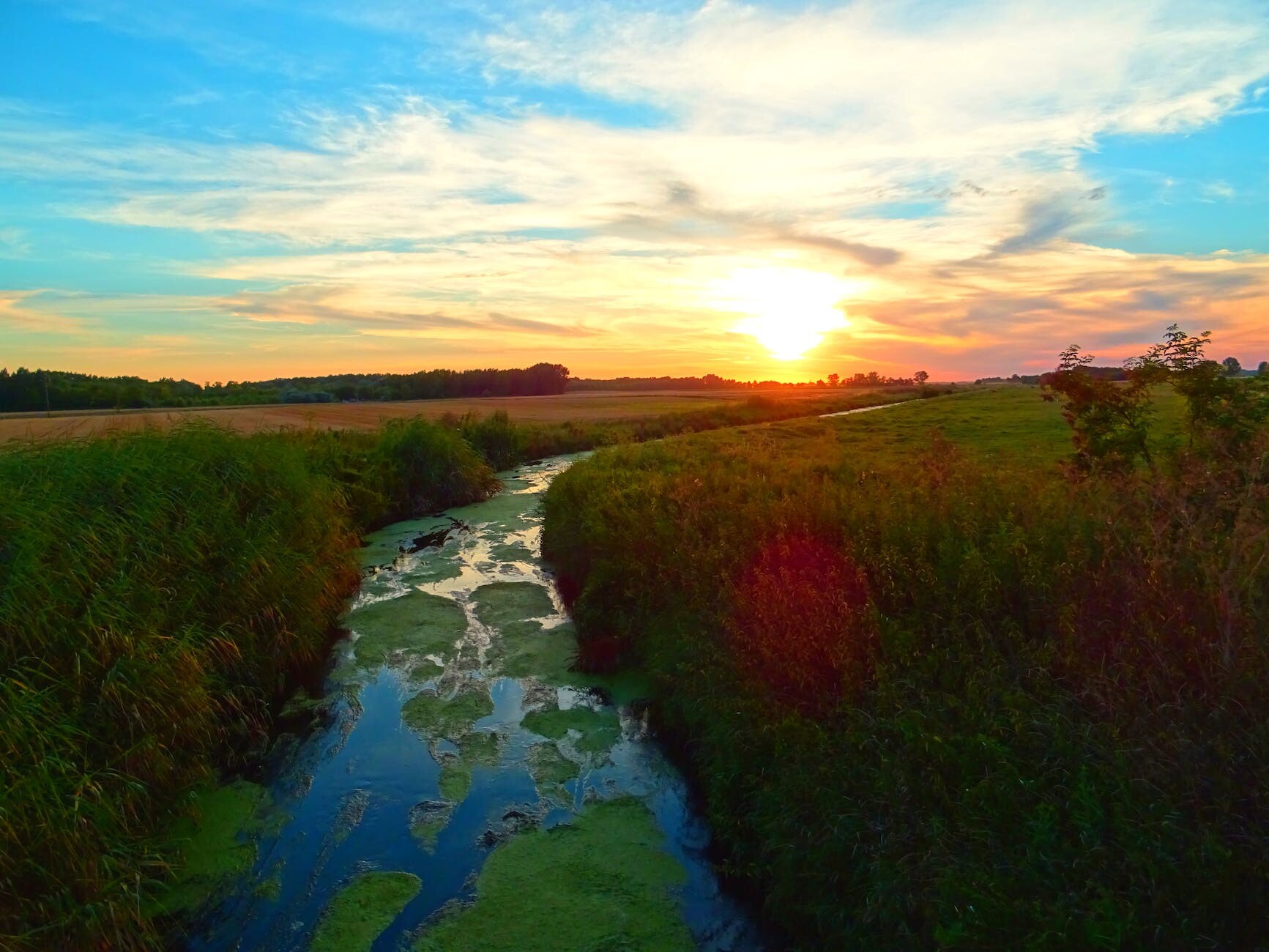Last updated on March 2nd, 2024 at 05:52 pm
Below is a list of problems facing irrigation schemes in Kenya. Irrigation schemes are essential for the agricultural sector in Kenya. They provide farmers with a reliable source of water for their crops, increasing productivity and ensuring food security. However, these schemes face numerous challenges that hinder their effectiveness. In this article, we will discuss the list of problems facing irrigation schemes in Kenya.
Without further ado here is a list of problems facing irrigation schemes in Kenya:
1. Water Availability
Water availability is a major challenge facing irrigation schemes in Kenya. The country is heavily dependent on rain-fed agriculture, and erratic rainfall patterns have led to water scarcity in some areas. This scarcity has made it difficult for farmers to access water for irrigation, affecting crop yields and productivity.
2. Poor Infrastructure
Another challenge facing irrigation schemes in Kenya is poor infrastructure. Most of these schemes lack adequate water storage facilities, irrigation canals, and drainage systems. This results in uneven water distribution, waterlogging, and soil erosion, which can damage crops and reduce yields.
3. Inadequate Funding
Inadequate funding is also a significant problem facing irrigation schemes in Kenya. Most of these schemes are underfunded, making it difficult to maintain and upgrade their infrastructure. This has resulted in the breakdown of critical components such as pumps and irrigation canals, which affect the effectiveness of the schemes.
4. Poor Management
Poor management is another challenge facing irrigation schemes in Kenya. Most of these schemes are managed by local communities or government agencies, and they often lack the technical expertise needed to run them effectively. This has led to poor decision-making, mismanagement of resources, and corruption, which has affected the effectiveness of these schemes.
5. Land Tenure
Land tenure is also a significant problem facing irrigation schemes in Kenya. Most of these schemes are located on communal lands, and land ownership disputes often arise, leading to conflicts that affect the operation of the schemes. Additionally, some farmers do not have secure land tenure, making it difficult for them to invest in their farms and access credit.
6. Climate Change
Climate change is another challenge facing irrigation schemes in Kenya. Erratic rainfall patterns, floods, and droughts have become more frequent in recent years, affecting the availability of water for irrigation. This has resulted in reduced crop yields and productivity, affecting the livelihoods of farmers who depend on these schemes.
Also Checkout: Problems facing horticultural Industry
7. Pests and Diseases
Pests and diseases are also significant problems facing irrigation schemes in Kenya. Such pests like armyworms and locusts have destroyed crops, while diseases such as blight and rust have affected crop yields. These challenges have led to reduced productivity and income for farmers, affecting food security in the country.
In conclusion, irrigation schemes in Kenya face numerous challenges that affect their effectiveness. These challenges include water availability, poor infrastructure, inadequate funding, poor management, land tenure, climate change, and pests and diseases. Addressing these challenges will require concerted efforts from the government, local communities, and development partners to ensure the sustainability of these schemes and the livelihoods of farmers who depend on them.
Also Checkout: Challenges of Mwea irrigation
